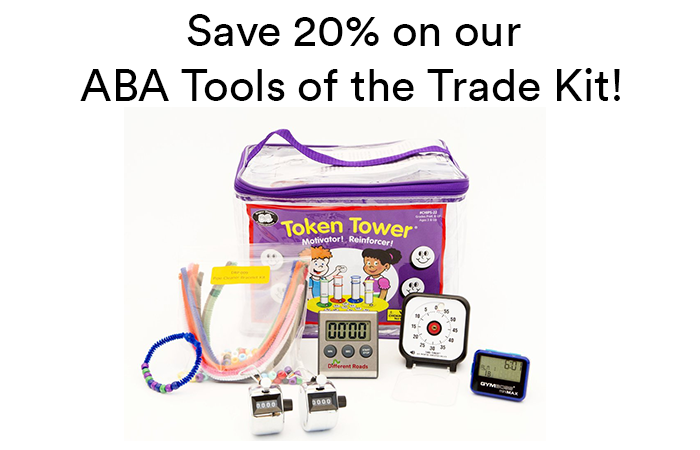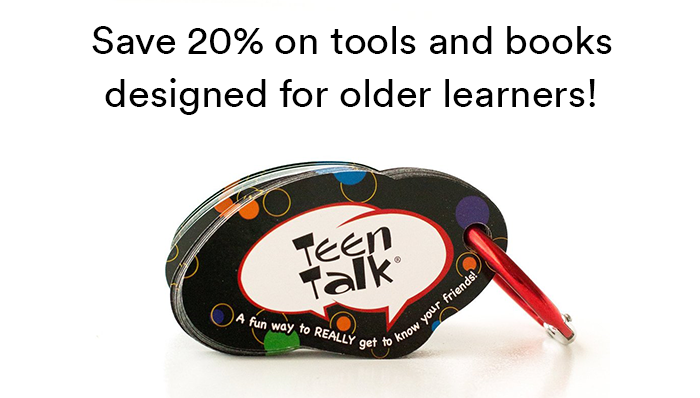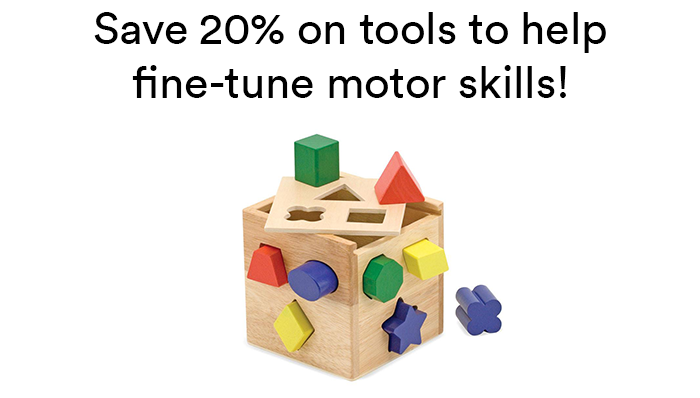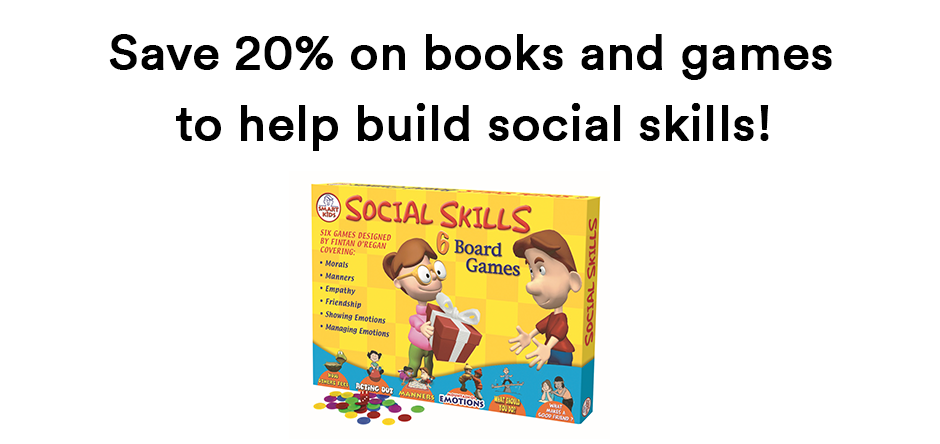This month’s ASAT feature comes to us from Beverley Sharpe, a founding member and Director of Families for Early Autism Treatment of B.C. To learn more about ASAT, please visit their website at www.asatonline.org. You can also sign up for ASAT’s free newsletter, Science in Autism Treatment, and like them on Facebook!
We have a home-based intervention ABA program for our son. What are some helpful suggestions for managing the steady stream of professionals in our home?
Answered by Beverley Sharpe, parent of a 22- year-old daughter with autism
Opening your home to therapists, behavioral consultants, and other providers is part of effective treatment for your child. However, it can sometimes be difficult to supervise a home that doubles as a work environment and the many opportunities and challenges that come with that arrangement. I am humbled by the high level of energy and dedication my therapy teams, past and present, have demonstrated within my own child’s program. Teamwork and collaboration are crucial elements to make home therapy effective. The following are some helpful tips I’ve learned over the years to help make home team coordination more manageable.
Be a Good Host/Hostess
I have struggled at times to balance being a “boss” and a “hostess” within my home. At the start of a shift, I recommend a five-minute exchange to greet and debrief the provider. No matter what job one has, people deserve to be acknowledged and greeted. I typically put on the tea pot or provide a cold drink, say hello, debrief, then let the provider begin the shift. With a new provider, I allow more time for him or her to set up materials, reinforcers, and data sheets before bringing in my child.
Define Your Expectations of Those Who Work with Your Child
An agency that provides home-based intervention will have a written job description or list of expectations for employees. If you are not working with an agency but are, instead, hiring and training your own team, please take the time to put important expectations in writing. Being on time, completing data sheets, communicating about behaviors observed, being prepared for shifts (including bringing appropriate task and reinforcer materials), and respecting other family members are examples of appropriate expectations.
Get Feedback from Staff
Over time I learned to explain to the team that it is hard for me to be both a boss and a friend. I truly did want to be a good listener, and at the same time a good manager of the team. I enjoyed the one-on-one time at the beginning of a shift with each provider and would ask, “How are you?” and “How are you finding the work with my child?” Their answers inspired me to make changes to the program, address issues with the behavioral consultant, and work on team building during team meetings that became more frequent when my daughter’s inappropriate behaviors became challenging.
When conflicts of any kind arise, talk about it and clear the air so that tensions or misunderstandings do not fester. Speaking about problems factually, face-to-face, with a hot cup of tea or coffee is a strategy that I have used. Also, I would make sure my daughter was engaged in an activity before starting the conversation. Remember, you can control yourself, your communication style, and the environment when you address an issue. Being respectful, honest and kind are great ways to be sure you have done your best to address issues. In my experience, new directions have come from allowing members of the team to share their perspective with you. Your child’s quality of life depends on effective intervention, and a home that is warm and inviting to the hard working providers who share your vision will help your son realize his fullest potential.
Keep in Touch with Former Providers
Email has enabled me to keep in touch with some of the former providers who have worked so hard with my child. One of Allison’s former providers is now professionally trained in hairdressing. Every year before Christmas this provider comes to our home to gift Allison a Christmas haircut! I love the expression, “Friends are like stars, you can’t always see them, but you know they are there.” I think of all past and present providers as being Allison’s stars, not all providers will maintain relationships with the family. The reality of employing people in your home is that some will choose, for reasons of their own, not to stay in touch with you or your child. Don’t take it personally. Life happens to everyone! Also, keep in mind that agencies may have policies forbidding contact outside of the current professional relationship.
Acknowledge Other Siblings in the Household
Shortly after putting together my first therapy team in 1997, I realized I had to address the issue of acknowledging siblings in the household. My daughter, Allison, who was receiving services in the home, was 3 years old at the time. She had a big brother, Jackson, who was 5 years old. Jackson came to think of it as normal that he would have to move from one room to another when Allison’s therapy sessions were in progress. He was always good-natured about this. I wanted to keep big brother Jackson involved with sessions, as appropriate, to help him feel more involved, instead of just frequently displaced. For example, turn-taking was a wonderful way to involve Jackson, as was the “Go Find” program.
I also reminded providers to acknowledge Allison’s brother whenever possible. I reminded them that a simple and genuine greeting will go a long way with his cooperation in the house! This helped to make Jackson’s cooperation more likely when he was asked to move to another room during a therapy session. Also, Jackson was taught to ask a provider, “What can I do to help my sister today?” when a provider started her shift. This simple act facilitated Jackson’s knowledge of his sister’s abilities, and gave him a lot of pride when he was able to tell his friends that he was helping his sister to learn! Big brother Jackson then became a big help during sessions by moving and sharing his play toys, games and puzzles and allowing space for his sister and her therapy team. Always remember, siblings are part of the household that supports the learning of the child!
Recognize That Housekeeping Is Important
Remember, your home is a provider’s work environment. I do my best to clean and tidy the therapy area before tackling any other room in the house on cleaning days. I also do a quick check of the bathroom area before sessions, as everyone appreciates a clean washroom! I make sure therapy notes, bulletins, communiqués are all neatly on their clipboards. I also make sure that my child is clean and presentable for the shift. Finally, I make sure that there is an “outing fund” with money for community activities. If my child worked towards a reward of an outing to the zoo, Dollar Store, or movie theatre, I wouldn’t want the lack of funds to delay the delivery of that reinforcer. Make sure your team knows to keep receipts for outings which are approved by the behavioral consultant and yourself. Also, remember to reimburse bus fare or gas money for a provider. Agencies will likely already have a policy in place for travel expenses as well.
Be a Good Employer, Which Means Advocating for Your Staff
Therapy time does not equate to babysitting. I had to correct a few well-intentioned neighbors who referred to my providers as babysitters. When my child is in the community, grocery shopping, at a gymnasium, or at work experience, these hardworking men and women are providing therapy, not just watching or transporting my child. Providers are important members of your child’s medically necessary treatment team. Correct misconceptions by family and friends along the way. Many family and friends may not be familiar with this type of therapy or treatment and may need some educating about the purpose and format of a home-based intervention based on applied behavior analysis. This education can help preserve the dignity and respect of your child, your team, and the discipline of applied behavior analysis for autism.
Stay in the Home During Therapy Time
For insurance purposes, many agencies require that a provider not be left alone in your home. Providers work in your home and deserve a safe and respectful environment. This means that a parent must remain in the home during a therapy session. This can be helpful for routine questions and support as well as in case of any emergencies.
Set Clear Expectations Around Cell Phone Use
The abundance of cell phones means that providers and families can be in real-time communication for shift or program issues relating to the child. However, they can also be a distraction from active treatment and supervision of my child. This has occasioned another hiring criteria for being on my child’s treatment team: Cell phone use for anything other than communication about the child, on their shift, is not acceptable. Cell phone games, texting, social media, and other social messaging are not acceptable. Even the ten seconds (as stated by one provider) it takes to text back to a friend means you are disengaged, not observing, and not “on” with your client – my child. Cell phone use expectations must be made clear from the very beginning and reiterated as needed.
Gift Giving
Holiday time was always a tough time at my home. In British Columbia, there was zero funding for autism treatment when I started my daughter’s program in 1997. I wanted to give tokens of appreciation to my daughter’s home treatment team for the holiday season. My budget was beyond tight, but homemade cards were always appreciated. One family I knew put together a cookbook of favorite home recipes for their home team; another family made a huge holiday dinner, in conjunction with a team meeting, to thank their team. There is always a way to say thank you to your team that is respectful of one’s budget.
Please note that many agencies and ethical guidelines for behavior analysts have strict policies around gift exchange and it is often not permitted. Check with your agency and your providers if you have any questions around this topic. And please do not be offended if a member of your team is not able to accept a gift.
Use Different Cultures and Celebrations as Learning Opportunities
We took the opportunity to learn about different religious holidays when one of our providers shared that she was Jewish. This was a wonderful learning opportunity for everyone on the team. We even made a card for the start of the Jewish New Year – Rosh Hashanah. Over the years, my daughter’s providers brought the wonderful gifts of sharing their religious holidays, culture, and favorite recipes that have enhanced our lives!
Making birthday cards for therapy team members gave my child the opportunity to use pencil and coloring skills, printing skills, and to sing the “Happy Birthday” song. All of these skills took a long time for acquisition. However, after all the hard work, to see my daughter use her skills to put a smile on her providers’ faces was priceless. To hear my child use her voice (she was non-verbal for the first 6 years of her life), and to hear her sing Happy Birthday – well, it is a win-win situation!
With a therapy team, it is a wonderful opportunity to have a simple celebration for each of the several birthdays throughout the year. My child learned that birthdays are for others as well as for herself. This learning extended to teaching big brother Jackson that every time we celebrate a birthday, he does not always get a present!
As our programs progressed, our behavior consultant added a cooking and baking program to help include both children in all household birthday celebrations for family members and members of the treatment team. The beauty of a cooking program was that skills, such as: counting, measuring, mixing, pouring, baking, decorating with icing, and washing and putting away dishes, were all “taught” in a fun way. This was a very detailed program with the huge reinforcer of getting a tasty item to eat at the end of completing a recipe!
In Summary
Managing an ABA treatment team in your home can be challenging but can be rewarding as well. There are many things you can do to help the team work well together and be effective in providing your child with the services he or she needs and deserves. Remember, it’s a learning process for all!
Please use the following format to cite this article:
Sharpe, B. (2017). Clinical corner: Managing a home-based ABA program. Science in Autism Treatment, 14(3), 17-20.
About The Author
Beverley Sharpe is a founding member and Director of Families for Early Autism Treatment of B.C. (FEATBC). Bev’s daughter Allison was diagnosed with autism twenty years ago and Bev became an advocate for effective autism treatment. She was a member of the Legal Steering committee for the Canadian landmark decisions (Auton and Hewko) regarding autism treatment. Bev participates in new parent intake, political lobbying, fundraising, and speaks regularly with parents regarding advocacy in the school system. She also helps new parents access funding for autism treatment.
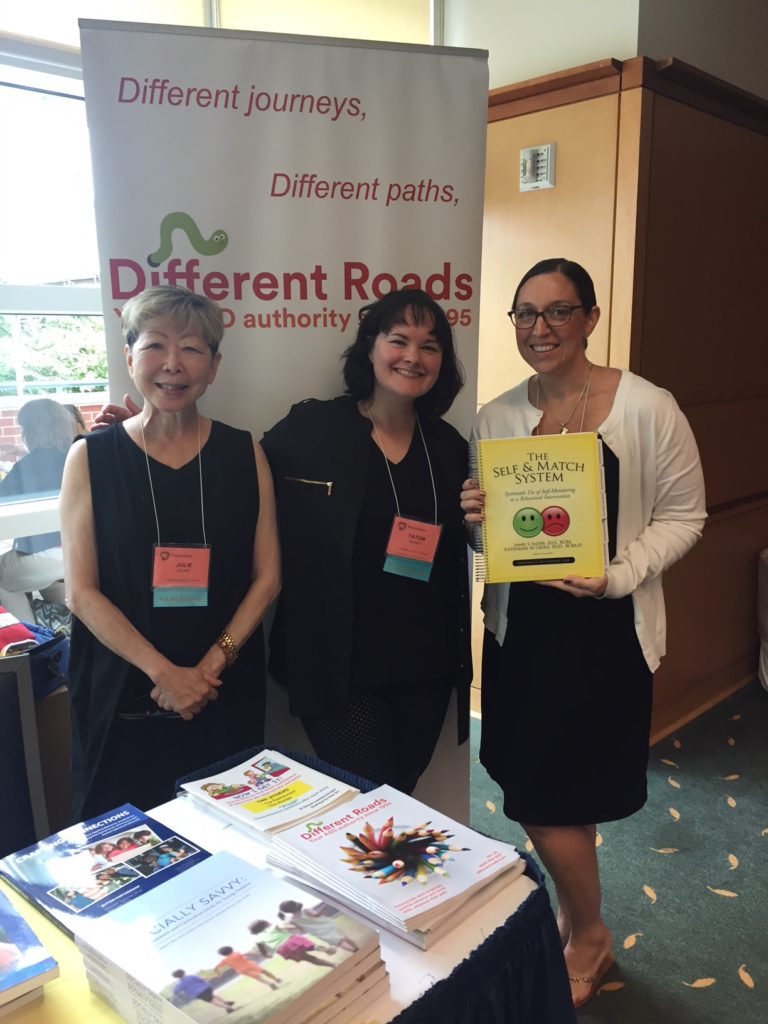 Last week, Different Roads had the pleasure of being part of the National Autism Conference at Penn State. There were 1400 attendees from all over the country, from parents to educators and practicing behaviorists.
Last week, Different Roads had the pleasure of being part of the National Autism Conference at Penn State. There were 1400 attendees from all over the country, from parents to educators and practicing behaviorists.
